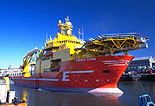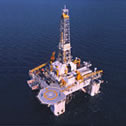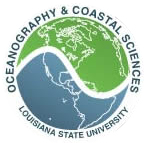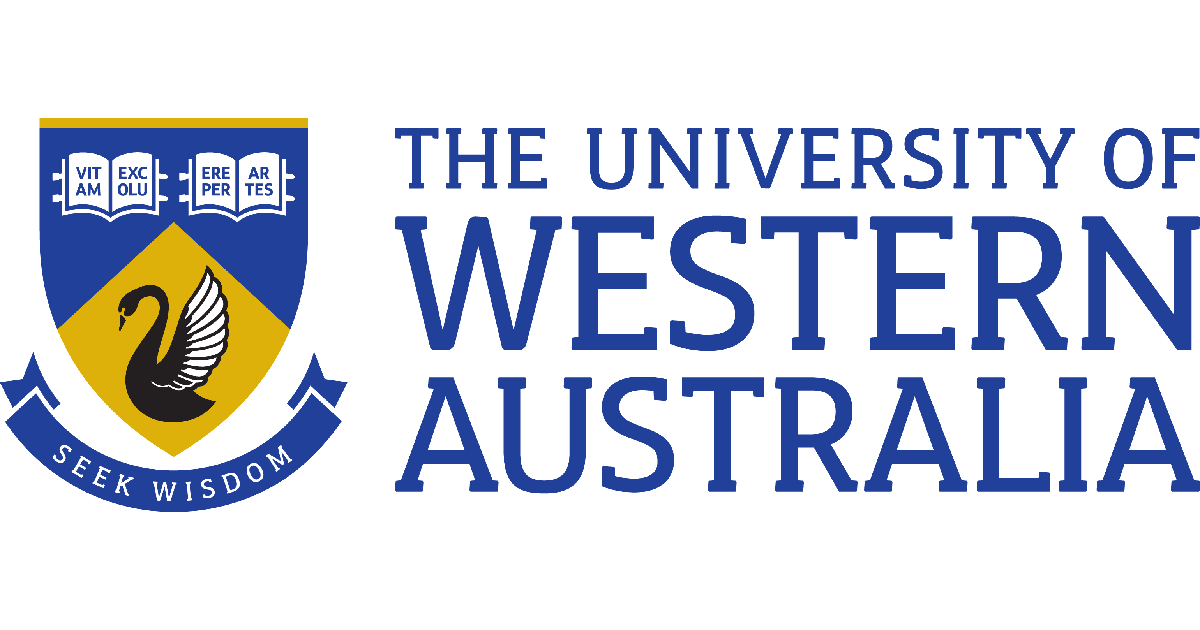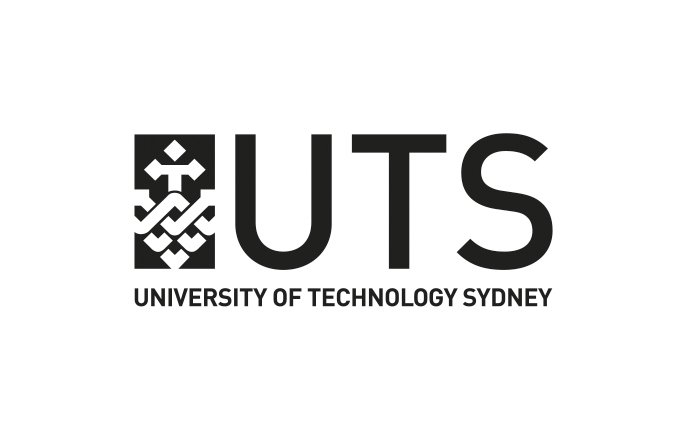Industrial Partners | |
|---|---|
BOEMThe Bureau of Ocean Energy Management (BOEM) promotes energy independence, environmental protection and economic development through responsible, science-based management of offshore conventional and renewable energy and marine mineral resources. Find out more about BOEM: |  |
BG GroupBG Tanzania is part of BG Group which is a multinational oil and gas company active in more than 20 countries with its headquarters in Reading, United Kingdom. SERPENT began working with BG Tanzania in 2013 in a collaboration to explore deep-sea biodiversity and understand drilling disturbance offshore Tanzania. Find out more about BG Group: |  |
StatoilStatoil, Norway's largest oil and gas company, has assets from the Barents Sea to the North Sea from 100m to nearly 2000m water depth. These assets provide Statoil and the SERPENT Project with a unique opportunity for collaboration. The partnership got off to a flying start with SERPENT visits to rigs in the Barents and Norwegian Seas, and there is exciting potential for taking the collaboration further afield in the future. Visit the Norway Missions section for full details of the research SERPENT is carrying out in partnership with Statoil. Find out more about Statoil: |  |
TOTAL E&P UK and Total Foundation for Biodiversity and the SeaA successful trial on the Laggan Drilling Project on the slope of the Faroe-Shetland Channel brought the opportunity to explore other possibilities within Total's business. A successful collaboration with Total E&P UK led to a partnership with the Total Foundation for Biodiversity and the Sea. We are using this opportunity to explore the deep water ecology of the Faroe-Shetland Channel using their existing infrastructure. | 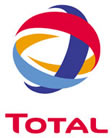 |
ChevronThe Chevron Corporation is one of the largest integrated energy companies in the world. It is involved in every aspect of the industry and employs more than 55,000 people worldwide. The Chevron vision is to be the global energy company most admired for its people, partnership and performance. Conducting business in approximately 180 countries, Chevron’s geographical reach makes it a key collaborator for SERPENT. Its various businesses have so far enabled the project to work in locations such as UK waters, the Orphan Basin offshore Newfoundland and the Gulf of Mexico. We hope to expand our collaboration with Chevron in the future, further tapping into its geographical diversity and increasing our knowledge of the deep sea globally. |  |
ShellShell is a global group of energy and petrochemical companies. With around 93,000 employees in more than 90 countries and territories, Shell helps to meet the world's growing demand for energy in economically, environmentally and socially responsible ways. We recognise that helping protect biodiversity makes business sense for us. There are legal and regulatory requirements we need to meet. There are also strategic, operational and financial reasons for Shell to take an active interest in protecting biodiversity. Our partnership with the SERPENT project shows our commitment to understanding the biodiversity and the environment of the deep oceans. | 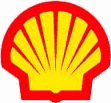 |
Hurricane EnergyHurricane Energy is an oil and gas company headquartered in the UK with an innovative and creative approach to exploration. Hurricane Energy uses new drilling concepts to unlock additional oil and gas resources West of Shetland, UK and drilled the Lancaster well in the summer of 2009. During these and subsequent operations Hurricane provided the SERPENT Project with the opportunity to visit the drilling rigs to make use of the ROVs on board. This ongoing project has enabled detailed observations of marine life around the drilling sites as well as time-series studies of changes in the benthic habitat before, during and after drilling. The latest visits were in 2014. |  |
Oceaneering InternationalOceaneering International have 205 work class ROVs in their fleet, and of these more than 100 are tasked to drill rig support. With these fantastic facilities Oceaneering International have been involved with SERPENT since 2005 providing opportunities for work in a number of locations worldwide leading to many exciting observations. We work actively to train Oceaneering pilots in biological operations. For further information please contact Charles Royce | |
Nexen Inc.The Buzzard development in the North Sea represents a major new find for the North Sea and SERPENT are working in partnership with Nexen to build up a biological picture of the Buzzard area before, during and after the installation of the offshore structures. In collaboration with Fisheries Research Services Marine Laboratory and OceanLab, SERPENT will examine the effects of structures as artificial reefs through a Nexen funded PhD and will continue to monitor the fish and benthic population of this new area. In addition to this project Nexen will also seek to explore their existing assets at Scott / Telford and their North Sea assets in collaboration with SERPENT. In addition to the North Sea work, SERPENT is working with Nexen in the Gulf of Mexico, on a project coordinated by GulfSERPENT. | |
PetrobrasPetrobras is a major oil and gas company based in Brazil. While they operate in 28 countries on 5 continents, SERPENT is working with Petrobras in the Gulf of Mexico. The project is being led by GulfSERPENT. | |
SantosSantos is a major Australian oil and gas exploration and production company growing a global energy business. Santos has interests and operations in every major Australian petroleum province, together with extensive global interests, including the Gulf of Mexico. Committing to a three-year collaboration with the Australian Consortium SEA SERPENT that incorporates a PhD scholarship, Santos is also providing additional funding support to the project to help cover expenses incurred by day to day operations. Working with SEA SERPENT allows Santos to continue its long history of conducting its activities in a way that avoids and minimises potential impacts on the environment. | |
Saipem-AmericaSaipem-America (formerly SonSub) is part of the Saipem Group and is a supplier of ROV technologies to the oil and gas industry. They work with SERPENT in the Gulf of Mexico (GOM SERPENT) in support of LSU's studies of life in the water column. GULF SERPENT has developed a close partnership with Saipem-America who are currently collecting regular data for us using five Innovator ROVs based at three different BP deepwater facilities: Thunder Horse, Mad Dog, and Developmental Driller II. |  |
Woodside Energy Ltd.Woodside Energy Ltd. is one of Australia’s largest oil and gas companies. Through a three-year research programme with SERPENT and the Australian Consortium SEA SERPENT, Woodside Energy Ltd. and their assets at the Enfield Development, WA, Browse Basin, WA and developments off Mauritania (West Africa) will work closely to explore the biodiversity of their operational areas, seek to improve environmental awareness and best practices offshore. |  |
Kongsberg MaritimeKongsberg Maritime have been a supporter of the project since 2004. Following a meeting at the 2004 Oceanology, Kongsberg showcased their underwater camera products and some images taken during SERPENT missions. The images were a real hit, and the camera group decided to become project partners. The relationship explores using Kongsberg camera technology on SERPENT missions to provide valuable educational output and stunning visuals for the project. This partnership demonstrates the dynamic nature of SERPENT reflected in our range of partners and their businesses. We use Kongsberg cameras to obtain the majority of our deep-water images. |  |
Founding Partners | |
BPBP provided an important foundation to the SERPENT project through its Global Biodiversity Programme and Biodiversity Fellowships. From an idea in the minds of BP staff and involvement with the DEEPSEAS group at the National Oceanography Centre in Southampton, the SERPENT Project has blossomed to incorporate partners from a wide range of global industries and top-class academic partners around the world. New projects are being developed within BP to introduce SERPENT to new areas within the BP business and a long and prosperous relationship is taking shape. | 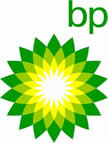 |
Subsea 7Subsea 7 are one of the worlds largest ROV operators and subsea installation companies. Their expertise in remote intervention and ROV design made them ideal partners for the SERPENT Project. Involved in the first ever SERPENT mission on the MSV Regalia, Subsea 7 and their team in Aberdeen and the Gulf of Mexico have been integral to the growth of SERPENT as founder partners and their continual efforts are making new opportunities for SERPENT all around the world. To date, nearly ten Subsea 7 ROV drilling installations and ten support vessels have contributed to SERPENT from a range of locations including West Africa, West of Shetland and the Gulf of Mexico to name but a few. Subsea 7 are committed to SERPENT at a global level and see the project as part of their business as we push the boundaries of commercial ROV operational capabilities in experimental deep-sea science. |
|
TransoceanTransocean is the world's largest offshore drilling contractor with a fleet of 139 mobile offshore drilling units, plus three ultra-deepwater newbuild units. Through their bases in Aberdeen, Houston and Australia, Transocean has provided valuable support to the SERPENT project as founder partners. As the portfolio of SERPENT missions expands, with it the number and range of Transocean installations involved follows. As a global business they have the power to introduce SERPENT to any one of their many clients and are well placed in conjunction with their ROV counterparts in SERPENT, Subsea 7, to take SERPENT all around the globe to the very deepest areas of current oil and gas exploration. Transocean also supports SERPENT on a corporate level and have included the work of this project on their global website to show their commitment.
|
|
SERPENT Science Partners | |
Gulf SERPENTGulf of Mexico (Gulf) SERPENT, is coordinated within the Department of Oceanography and Coastal Sciences at Louisiana State University (LSU). This project began with funding from NOAA's Office of Ocean Exploration. The project is currently funded by a three year grant from the Minerals Management Service, U.S. Department of the Interior with in-kind match provided by BP. The Director of Gulf SERPENT is Dr. Mark Benfield, Associate Professor, LSU Department of Oceanography & Coastal Sciences. Mark and his team are using ROVs to study the distribution and biodiversity of planktonic and nektonic marine organisms in the mesopelagic and bathypelagic regions of the Gulf. |
|
SEA SERPENTThe SEA (South-East Asia) SERPENT collaboration led by Prof. David Booth at the University of Technology, Sydney incorporates research groups from the University of Western Australia , University of Sydney , University of Wollongong and the University of Hawaii. Involving local science expertise with SERPENT’s expanding programme in Australia will provide new access to deep sea localities for Australian science and help to forge new lines of research for future Australian deep-sea science. Visit the University of Sydney website | |
Newcastle UniversityNewcastle is a major European University centre for Marine Technology, with substantial research and teaching laboratories. The North Sea arm of the SERPENT Project is coordinated from Newcastle University's Dove Marine Laboratory by Dr Ben Wigham in collaboration with Fisheries Research Services, Marine Laboratories. |  |
Scientific Collaborators | |
Australian MuseumThe Australian Museum has an international reputation in the fields of natural history and indigenous studies research, community programs and exhibitions. SERPENT is providing images and videos from the Australia region missions to be hosted on the fishes section of the AM website, showcasing the species living in Australian waters. In addition, working with AM will provide accurate taxonomic information for species observed. We hope this will help spread the results of SERPENT further round Australia and links from both our sites will stimulate more interest in deep-sea studies in this area. | 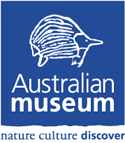 |
BBC Natural History UnitThe BBC and its Natural History Unit based at Bristol are known throughout the world of media for making cutting edge and informative programmes about the environment and the natural world, including Wildlife on One, Blue Planet and Planet Earth. The makers of the Blue Planet and Planet Earth worked in partnership with the project to film new behaviours and animals in the deep sea. SERPENT is very excited about the partnership and the opportunities it presents to raise awareness of the deep sea. |  |
National Marine AquariumSERPENT is pleased to have forged a strong relationship with the National Marine Aquarium in Plymouth, the first aquarium in the United Kingdom to be set up solely for the purpose of education, conservation and research. The National Marine Aquarium is the charity dedicated to raising awareness of the oceans, the challenges they face and the ways in which we can all help ensure they have a sustainable future. Constantly growing and developing, the aquarium opened a new wing in March 2006, Explorocean, that includes a large SERPENT exhibit. Featuring an 'ROV pod' that allows people to investigate deep-sea animals, visitors can watch videos and interact with scientists on screen. |  |
OceanLabAberdeen University have been close friends and colleagues of the DEEPSEAS group at NOCS for many years, and now under the SERPENT project provide an invaluable extension to the project based in Aberdeen. Oceanlab have a great deal of expertise in Lander and remote technology, through which we will explore collaborative research into the most complex of deep-sea science questions. | |
Offshore Energy CenterThe Offshore Energy Center (OEC), Houston, is dedicated to expand the awareness of the vast energy resources beneath the world's oceans, and to chronicle the unique heritage and technological accomplishments of the industry that discovers, produces, and delivers these resources in a safe and environmentally responsible way. SERPENT features in a variety of educational materials produced by the Center for their Educational Outreach Program, aiming to enhance the science and technology curriculum for children from kindergarten to 12th grades. |  |
Smithsonian InstitutionDr Michael Vecchione at the Smithsonian Institute will contribute to the project with expertise in deep-sea cephalopd taxonomy and Dr Dave Pawson will contribute to the project with taxonomic expertise in deep-sea invertebrates. | |
Society for Underwater TechnologyThe Society for Underwater Technology based in London is an international society that has many members in both science and industry throughout the world. SERPENT team members sit on the SUT science committee and the SUT continues to promote the project to its members worldwide. | 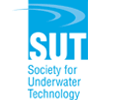 |
Texas A & M UniversityThe deep-sea research group at Texas A&M have been involved in deep-sea work in the Gulf of Mexico since the early 1970’s! Through group leader, Professor Gil Rowe and his team at A & M, research has been made into the benthic biology of the most complex and interesting areas of this area of intense oil and gas exploration. Texas A & M also host a BP Biodiversity Fellow, and it is through this connection that the group became our first overseas academic partners. |  |
U. S. Geological SurveyThe U.S. Geological Survey fish expert Kenneth Sulak is a lead scientist in their Coastal Ecology and Conservation Research Group. He has assisted SERPENT with his extensive knowledge of fish taxonomy, providing identifications and information on the deep and shallow water fish species found by SERPENT and shown on this website. |  |
